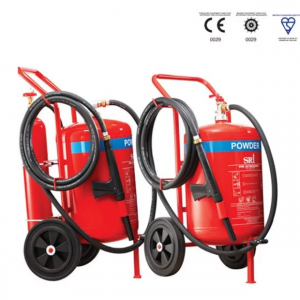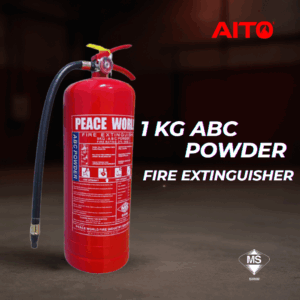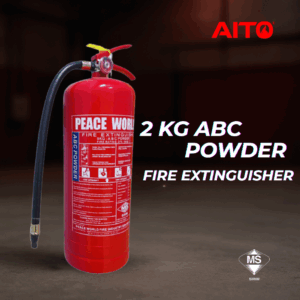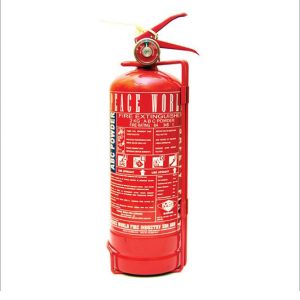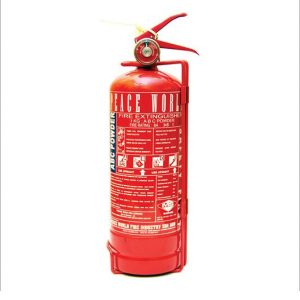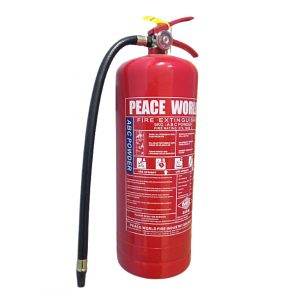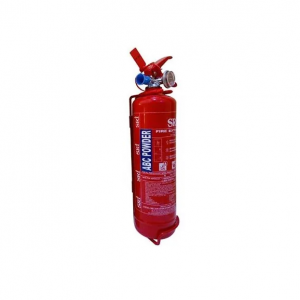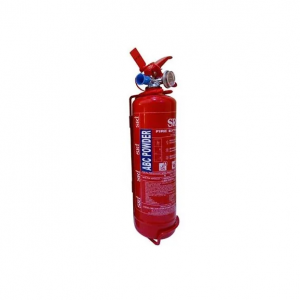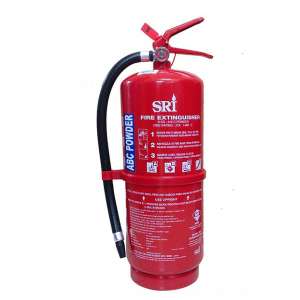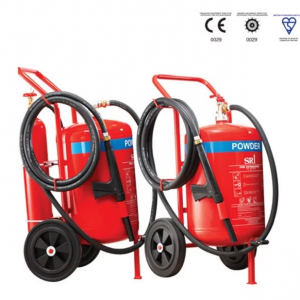COMMON CAUSES OF FIRE AT HOME
According to the National Fire Protection Association (NFPA), more than 350,000 home fires occur in the United States each year, resulting in more than 2500 deaths.
Fires may start in a variety of ways, but they typically fall into one of two categories: fires caused by heat igniting combustible materials or fires caused by chemical reactions.
A house can easily catch fire from misuse of appliances and heating equipment to smoking in bedrooms. Some of the common causes of fire at home are listed below.
Causes of fire at home
1. Cooking
Cooking fires are the number one cause of home fires, accounting for nearly half (49%) of all residential fires. Unattended cooking is one of the most common causes of kitchen fires. So, focus on your food while cooking!
Kitchens have large amounts of fire sources, such as electrical appliances and cooking appliances, including cooking gas. Therefore, it has a greater risk of a fire occurring.

2. Heating
Heating and cooling appliances are the second leading cause of home fires, responsible for approximately 12% of all home fires. Do you know that water purifier, Cuckoo and Coway for instances could overheat and burn? But that doesn’t mean that you should stop using it, follow the correct guidelines and you’ll be alright.
Keep portable heaters at least one meter away from anything that could catch fire, like furniture, curtains, laundry, clothing, and even yourself.

3. Electrical
Various type of electrical faults in-home wiring cause about 51,000 fires each year, accounting for nearly 500 deaths, 1400 injuries, and about $1.3 billion in property damage.
An electrical appliance, such as a toaster, can start a fire if it is faulty or has a frayed cord, usually are the result of a small rodent chewing on them and causing damage.
A power point that is overloaded with double adapter plugs can cause an overuse of electricity to fire. Faulty or over-used appliances can easily cause a fire with only a few sparks. Homes with inadequate wiring can cause electrical hazard fires.
Most commonly, electrical fires are caused by short circuits that cause arcing (sparking) that ignite building materials, or by circuits that are overloaded with current, which cause wires to overheat.


4. Smoking
A cigarette that is not properly removed can cause a flame, as the cigarette butts may stay lit for a few hours. Cigarette butts that are still lit when accidentally dropped could burst into flames if they encountered flammable materials, such as furniture, and carpeting.
Cigarettes don’t know when you are asleep.

5. Candles
According to the NFPA, candles caused an estimated average of just over 7600 fires, with an average of 81 deaths and 677 injuries for each of those years.

The candles, if left unattended, can cause the room to burst into flames easily. Keep the candles away from any material that might ignite, such as books and tissue boxes. Leaving a lit candle unattended can lead to fire quickly.
Or, you can replace it with a battery-operated candle.
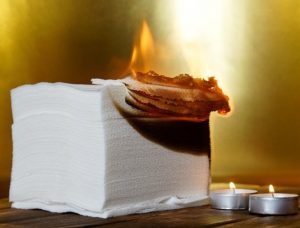
6. Flammable liquids
Chemical fires cause approximately 14,000 fires each year, according to NFPA, and while a relatively small number of these are home fires, they can be especially deadly because they are so unexpected. In the home or garage, flammable liquids such as petrol, kerosene, or methylated spirits, keep them away from heat sources and check the label before storage.
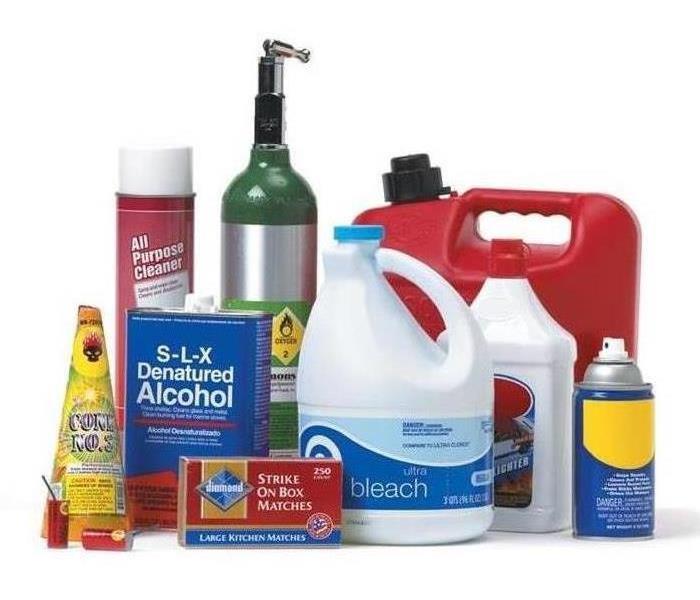
If you like this article, don’t forget to Like and Share!
For more info regarding fire safety, contact us at [email protected] or call us at 03-7831 4791. Fire incidents are inevitable, but fire prevention is our option. Safety Forever Fire Never.



